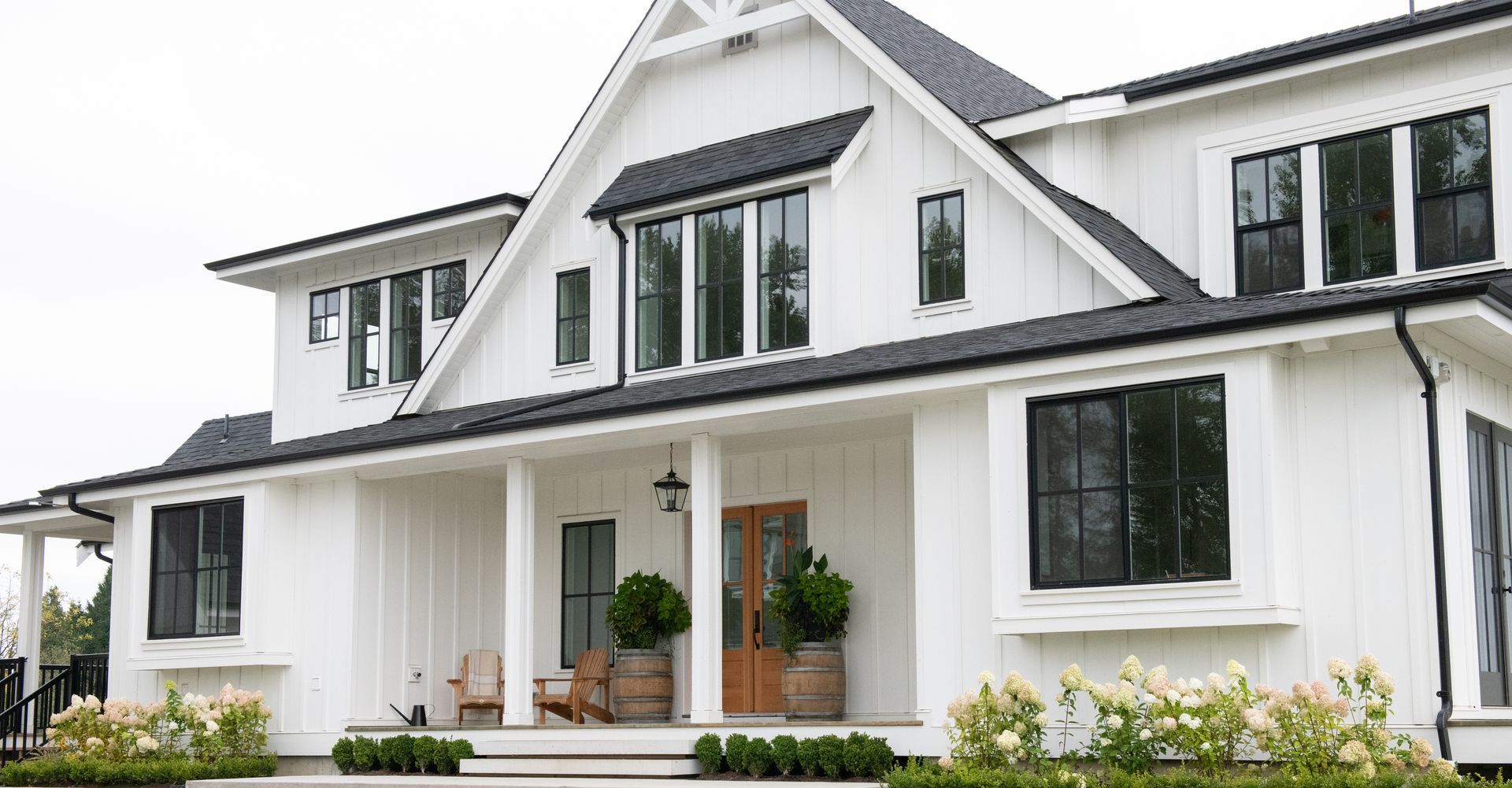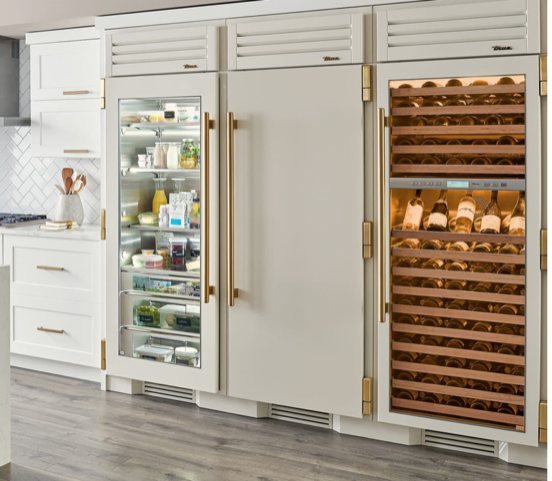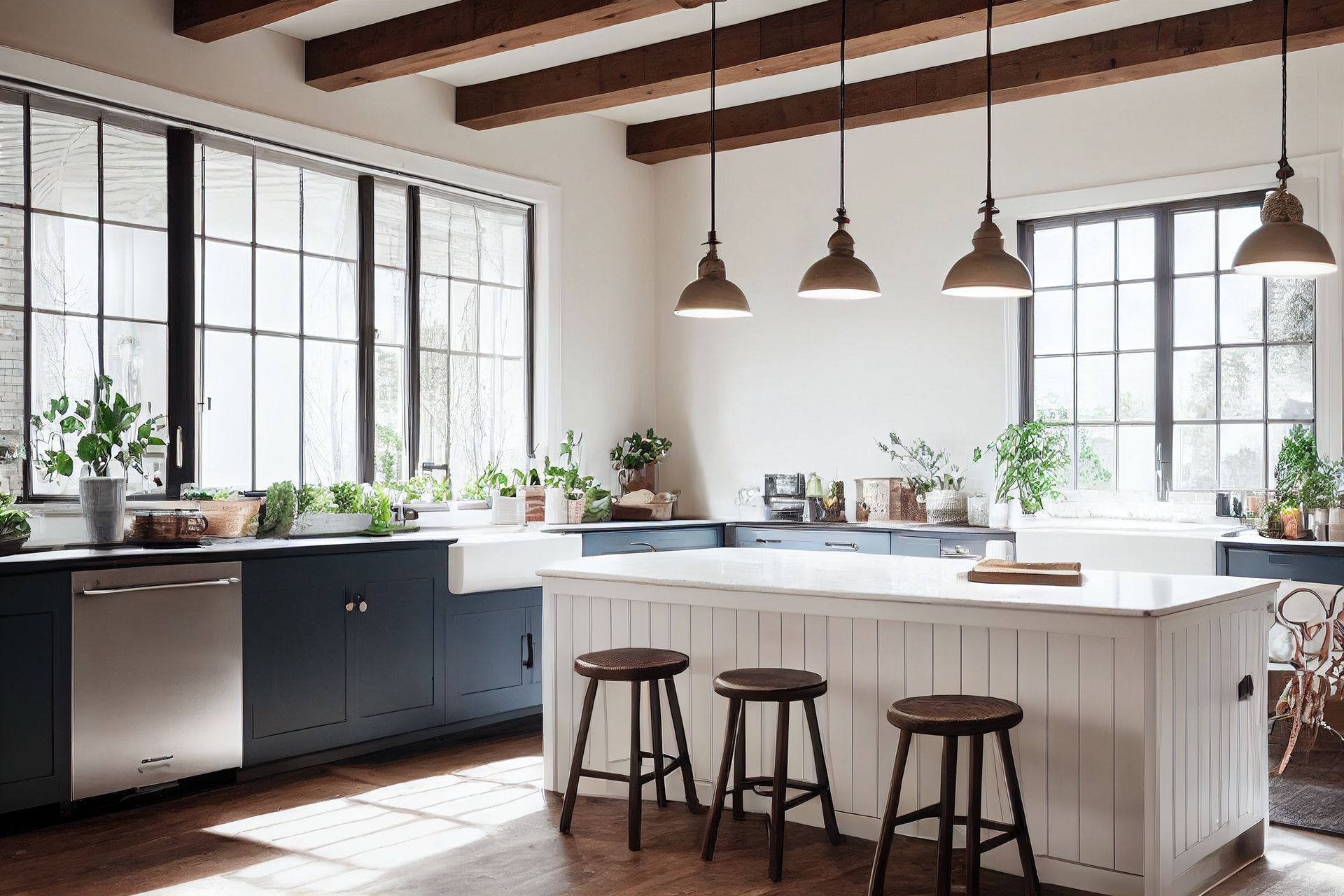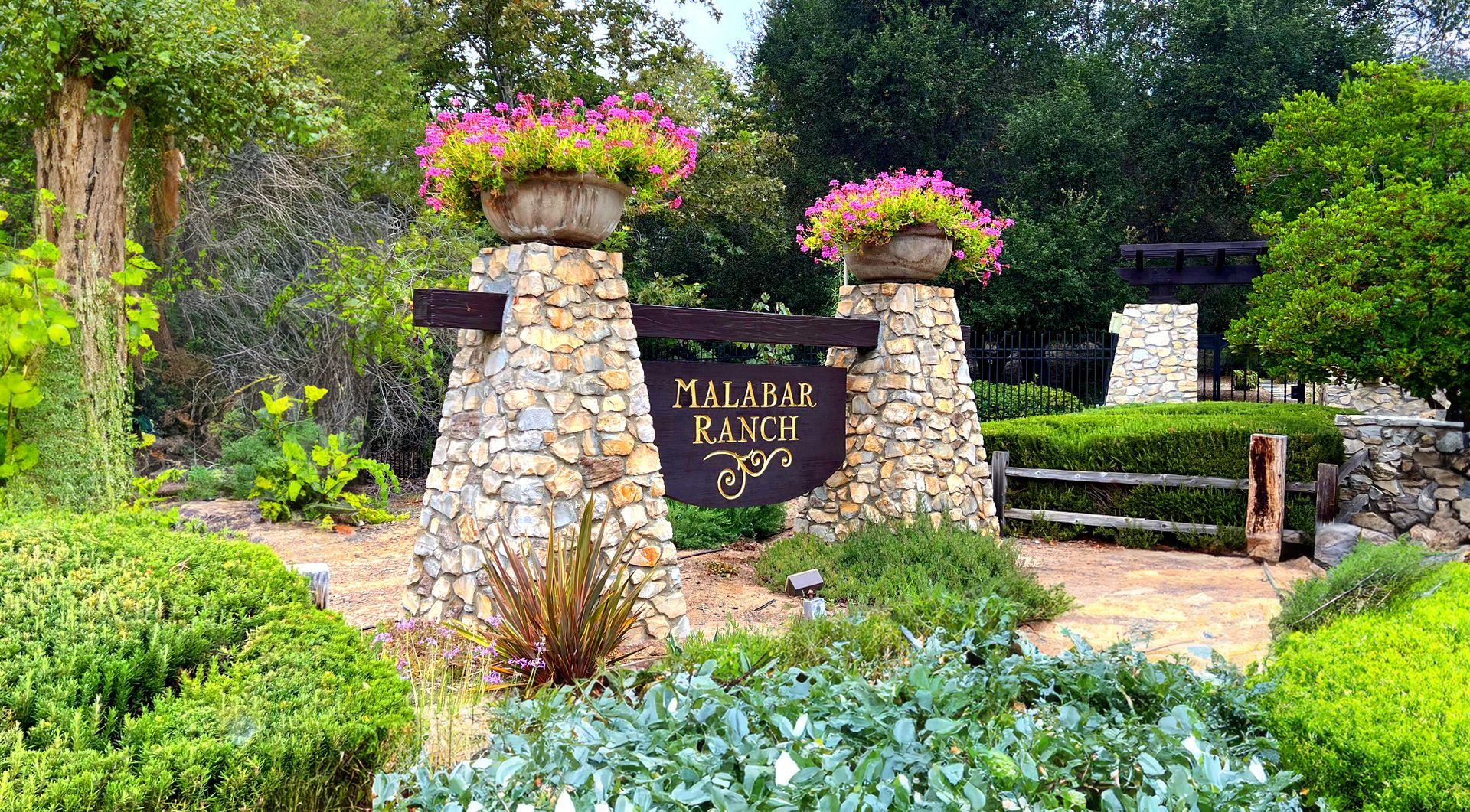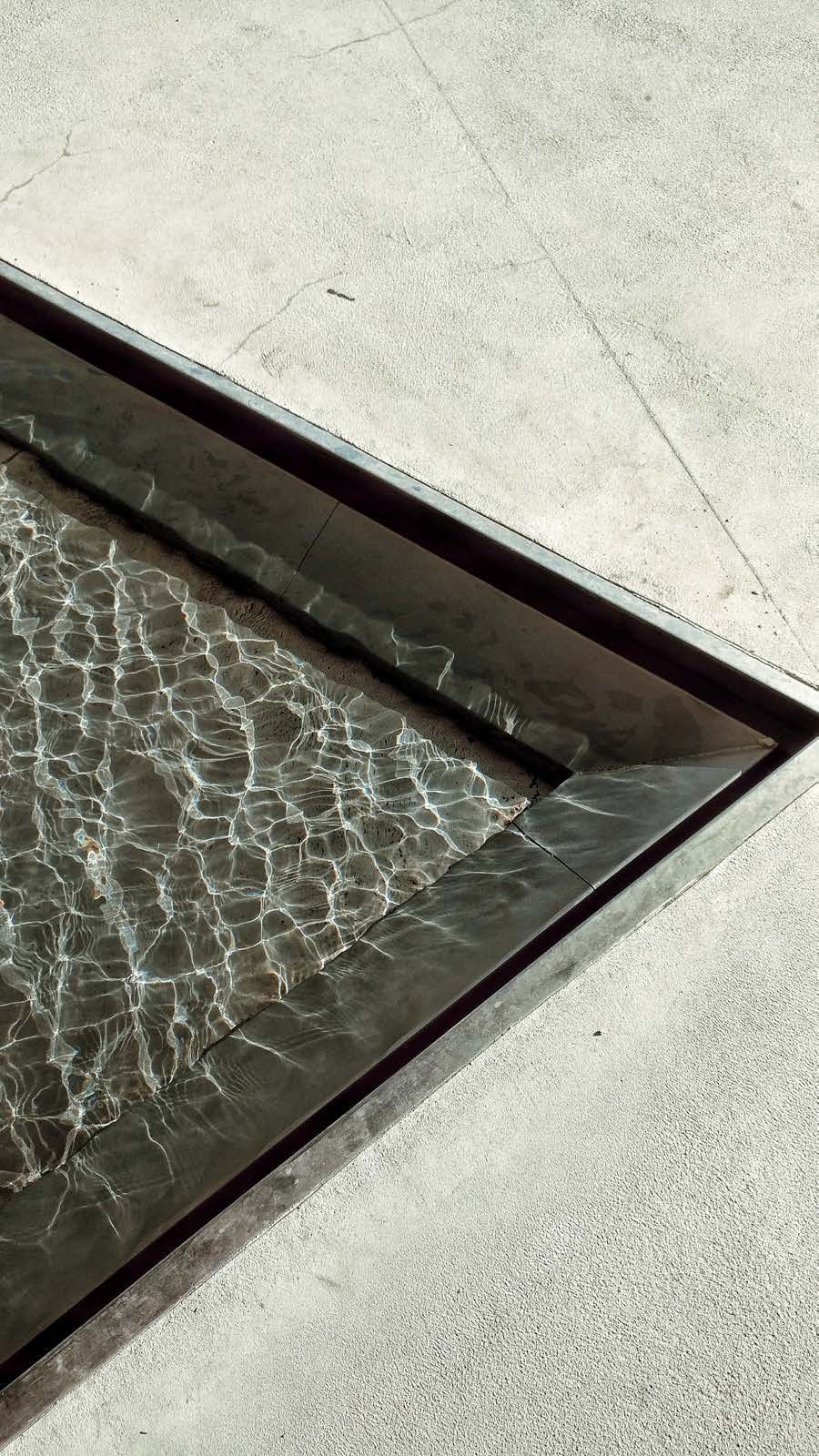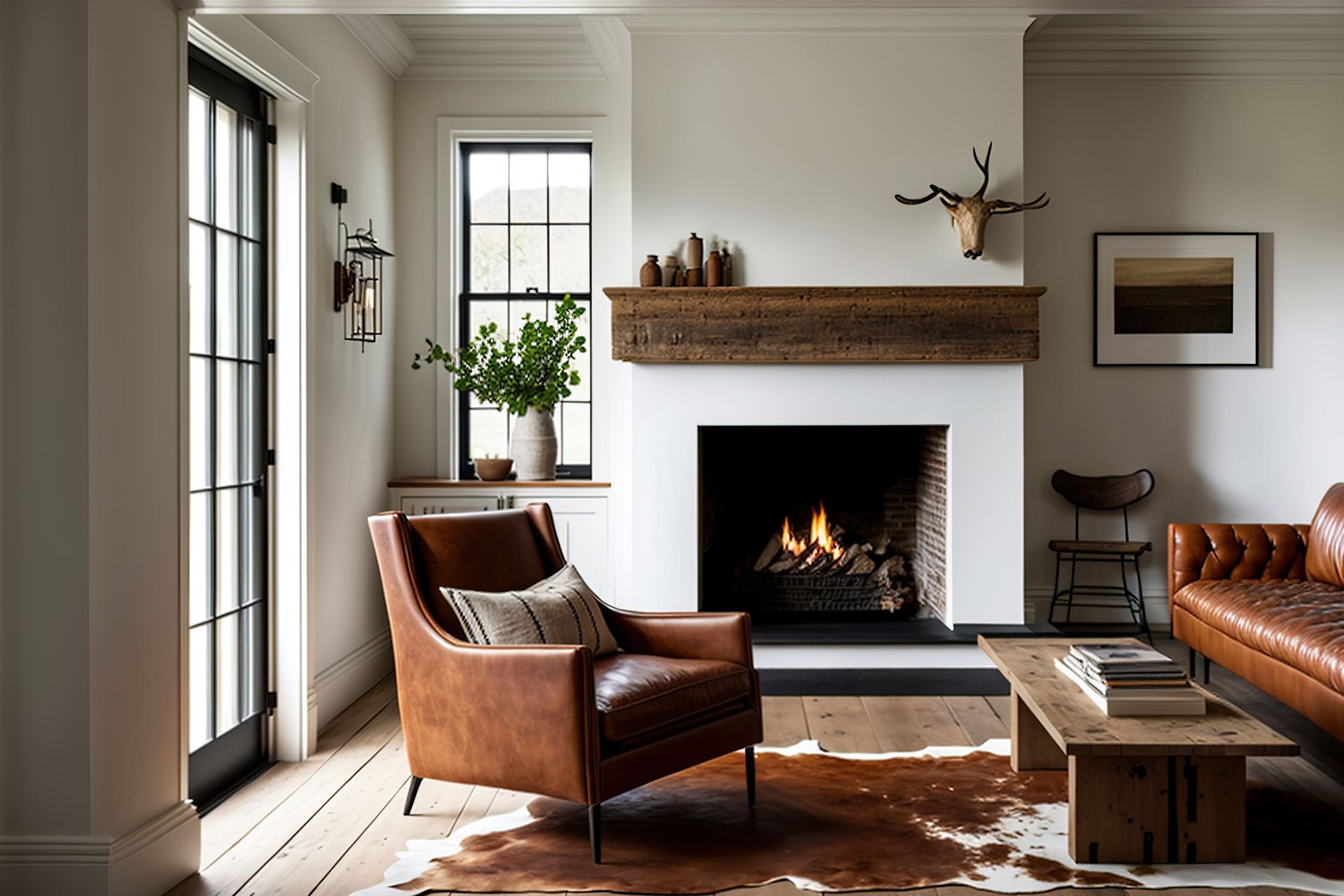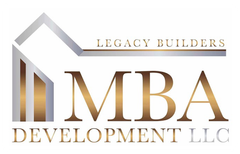Generation
Haus®
Redefining Family Living for Modern Times
Experience Generation Haus® Exceptional shared living for families.
Generation Haus® embraces the concept of family cohabitation and offers an array of multi-generational homes, extended family residences, and Accessory Dwelling Unit (ADU) options.
Taking inspiration from traditional courtyard house models found in Mediterranean regions like Italy and Greece, Generation Haus® combines the values of security, privacy, and autonomy for each generation while fostering family unity and cooperation. Our interconnected living spaces and adaptable family residences ensure flexible living arrangements, with features like in-law quarters, dual primary suites, and ADUs catering to the needs of households with two or more adult generations.
At Generation Haus®, we understand the importance of accommodating multi-family dwellings, which is why our next generation living spaces are designed to meet the needs of multiple generations under one roof. Whether you're seeking generational harmony properties or inter-generational housing solutions, Generation Haus® provides inclusive family homes that promote togetherness while preserving privacy when needed.
ORIGINAL & SUSTAINABLE
Generation Haus® is an original and enhanced multigenerational housing model that surpasses traditional SFR, single-family residence design constraints. Our multigenerational residence, the Ghaus®, is meticulously crafted to eliminate ornamental waste and deliver a harmonious blend of modern aesthetics, sustainability, and creativity.
Our goal with Generation Haus® goes beyond providing a comfortable living space. We strive to create an inner oasis, nurturing and supporting the multi-generational lifestyle. Our vision redefines what it means to live as a family unit, emphasizing cooperation and a shared sense of purpose. Generation Haus® aims to meet the demands of modern life while embracing the values of the past.
Driven by our mission, Generation Haus® understands the needs of today and the future. We address each generation of the family unit with a housing solution that prioritizes efficiency, beauty, and thoughtfulness. Experience a new level of living with Generation Haus® and discover the transformative power of our multigenerational residence model.
More multi-generational homes were purchased in 2024 than ever before:
Multi-generational homes made up 17% of all home purchases in 2024.
In 2023, multi-generational homes made up 14% of all homes purchased.
The top reason for purchasing a multi-generational home was cost savings.
Source: NAR Profile of Homebuyers and Sellers Report
Sharing Life, Love, and Laughter Across Generations
Generation Haus® is a completed product and system for multigenerational homes, which combines modular efficiency and planning flexibility to accommodate a variety of family compositions and living styles.


FLEXIBILITY SETS US APART
What sets Generation Haus® apart is its flexibility. The Ghaus® module system allows families to tailor their homes according to their specific needs and preferences.
The Ghaus® module system allows the main family to start with little or have everything at once. Built on repeatable structural systems, each module can be added per the family’s needs or lot size requirements.
THE LANDSCAPE INSPIRES AND RESPECTS
With Ghaus®, your oasis retreat is just outside! The interplay between shared living areas and nature is interconnected by design.
THE BUFFER ZONE AND NATIVE SPECIES
The proximity to and coexistence with the surrounding native land is a way that Ghaus® homes support the preservation of existing ecosystems and create a protective buffer against fires. We look at the region’s native fauna for landscape inspiration to inform design and plant material for each design.
WATER, OXYGEN, AND BEAUTY
Plant species are picked to blend with adjacent hills for compatibly and drought tolerance. Ghaus® modular configurations are also centered around a pool or other water feature, creating an oasis for daily living as well as for times of hosting and entertaining others.
WE SPEND 75% OF OUR TIME OUT THERE!
The outdoor living space of a multigenerational residence is a defining trait of a model that blends distinct generational living spaces into one. Much focus is put on the activities and relevant plantings and gardens to facilitate this harmony.
A LIFETIME OF FAMILY MOMENTS
SHARED UNDER ONE ROOF
Plan 1 - Modern Farmhouse Exterior Concept
Plan 2 - Minimalist Ranch Exterior Concept
Plan 3 - Contemporary Prairie Exterior Concept
* Conceptual renderings of each site plan type. Contact our Concierge Team to learn more!

Building Multigenerational Homes, Creating Legacies
MULTIGENERATIONAL HOME ADVANTAGES
In multigenerational homes, families have separate living areas under the same roof, often including spaces like in-law suites or accessory dwelling units (ADUs) to provide additional privacy and autonomy. For these homes, families tend to share bills and housework and often pitch in for caregiving beyond their immediate family. Families that choose to live in a multigenerational residence often enjoy many enhanced living benefits including:
- Enhanced relationships and relational connection
- Improved finances, month-to-month cash flow, and greater financial security
- More convenient and higher quality care for children or adults within the home environment
- Improved mental and physical health for household members
- Ability for a family member to pursue education or training
- Ability to afford a more expensive or amenity-driven home design
GENERATION HAUS® MALABAR RANCH
Fallbrook, California
Malabar Ranch, in Fallbrook, California, is one of our exclusive communities under development designed specifically for multi-generational families. Our exclusive homesites offer the space, flexibility, and sophistication to build your dream home—designed to welcome multiple generations under one roof. We offer a variety of interconnected living spaces, including multi-generational homes and extended family residences.
- Two Acre Lots
- Premier View Sites
- Limited Number of Homes
- Customizable Options
- Separate Entrance Options
- Construction Coming Soon
All two-acre homesite residences in North County San Diego feature in-law quarters as dual primary suites to ensure comfort and privacy for each generation. We prioritize age-friendly and family-friendly housing, creating shared living environments where different generations can thrive together.
Experience modern family living in our adaptable and inclusive family residences and join our gated home community for a nurturing and united living experience.
Together We Live, Together We Grow
Frequently Asked Questions
Your Time Is Now
For financing options please contact David Baxter at U.S. Bank.
480-221-0819 (c) - david.baxter@usbank.com
U.S.Bank NMLS ID: 501915


